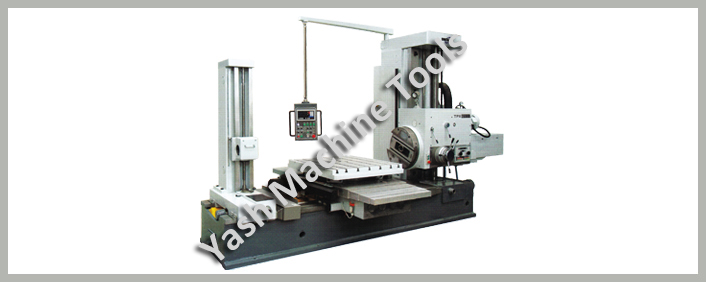Difference between Vertical & Horizontal Milling Machine
Vertical and horizontal milling machines both do about the same jobs, but the manufacturing process is slightly different. Both varieties have pros and cons, and which one is best suited for a particular job is dependent on the exact circumstances. Here’s an overview of vertical vs. horizontal mills.
Vertical Milling Machine
Vertical milling machines generally cut across the grain of the material being processed. This means that crosscutting operations are easier with vertical machines than they are with horizontal ones. Crosscutting operations include cutting out materials to the appropriate length, as well as adding extra material in the appropriate places if need be.
These machines tend to be a little expensive than other types, because of their functionality. In addition, they are typically easier to repair. A vertical milling machine will typically have a roller bearing that moves vertically along a rail, while the common type has a slide that moves horizontally along the spindle. These machines can have a variety of different mechanisms for operating the cutting tool. In many cases, these mechanisms work in conjunction with a rotary cutter.
Horizontal Milling Machine
Horizontal milling machines have their place in the production and finishing process. For example, a large production lot may require the use of one of these machines to perform the heavy-duty work of cutting out large sheets of sheet metal, and may also be used to perform light, delicate work such as polishing a small wheel.
In Conclusion to Difference between Vertical & Horizontal Milling Machine
Many modern-day mills operate with a variety of tools and operate using multiple mechanisms. Some of the features that the best vertical mills of today incorporate are computers that run software programs that are specifically designed for the operation and maintenance of these machines, integrated milling and design software, computer-based simulation technologies, as well as integrated control systems. These and more are the features that distinguish the best vertical milling machine from the best horizontal milling machine. While there are many different types of milling machines on the market today, the proper type must be selected for the specific task at hand.
A Short Introduction to Universal Milling Machine
Universal milling machines are a generic term for a range of lathe and equipment machines. This general term has various classifications depending upon the function of each piece of equipment used in the production of a piece of material. The most general classification is for the machine used to manufacture flat pieces of material.
Universal milling machines are a range of high-speed and high-volume flat-work tools that can be used to manufacture both beveled and flat surfaces. The universal milling machine consists mainly of the following various components like main casting frame, bed frame, blade roller, cutter blade, and a work table. Some also include a vertical feed roller that feeds material vertically through the workpieces and into the cutter. The vertical feed speeds the process of moving material from the lower to the upper position.
Universal milling machines are typically set up for horizontal milling using direct stationary rollers. Many of them are also set up for vertical milling operations through the use of die cuts.
- How Lathe Machine Manufacturers are Powering the Nation’s Engineering Growth in Canada?
- How Chamfer Machines Are Streamlining Metalwork in the UK’s Manufacturing Sector?
- How Feed Rate Adjustments Improve Surface Finish in Vertical CNC Milling Machines?
- How Radial Drilling Machines Achieve Low Vibration and Distortion Resistance?
- From Design to Execution: How CNC Press Brakes Ensure Seamless Workflow
- How to Optimize Sheet Metal Operations Using a Hydraulic Press Brake?




